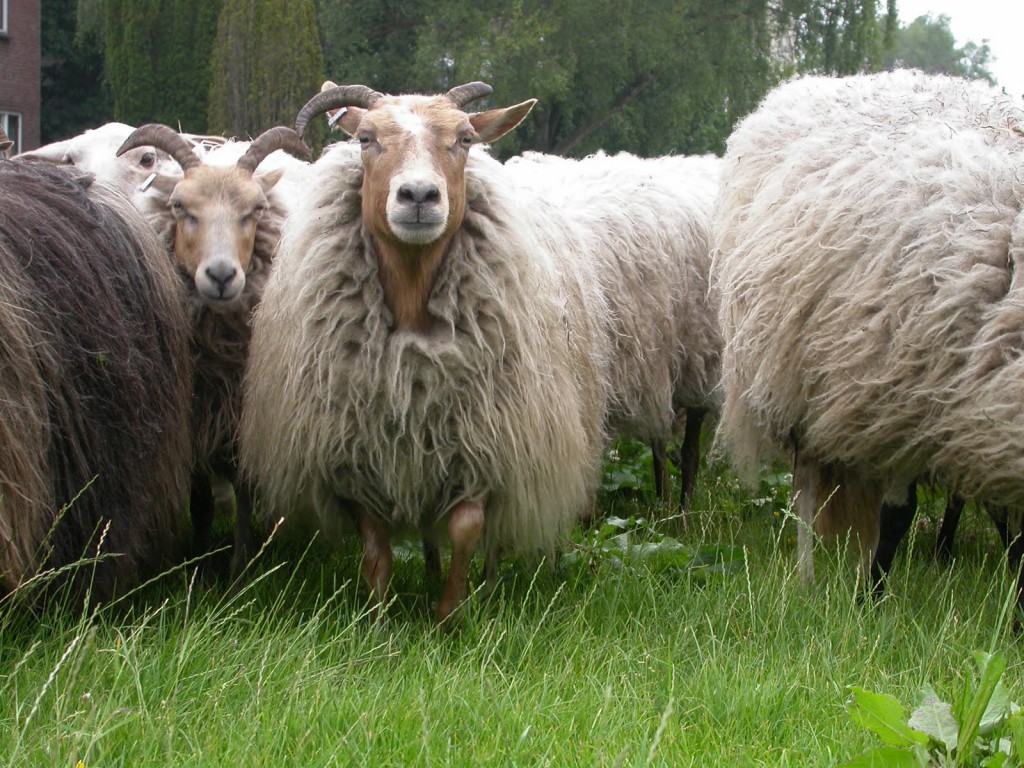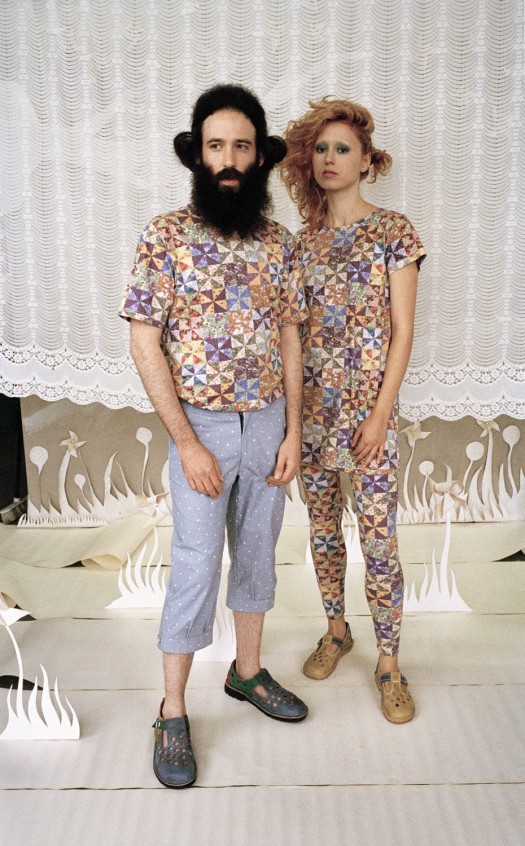In the fashion industry the topic of sustainability and eco-friendliness has not been on the top of the priority list one might say. Trends change every season, and to stay in style you are expected to renew your wardrobe at least twice per year. High-end designers are now launching even more than two collections a year, you have the so-called pre-fall and resort collections as well as the biannual summer and winter. Chain stores are introducing new collections as often as every six weeks. At the same time as this is happening, fashion is getting cheaper and cheaper. The high-street brands keep pushing prices lower by producing their clothes in countries that are known for using child labor and having extremely poor working conditions. The materials used are usually of very bad quality, which is probably also produced in an unethical way. So with facts like these you don’t have to be the sharpest tool in the shed to see that this is not a very sustainable approach
The consumer does not seem to mind this tendency in the industry. We shop and consume clothing at an accelerating speed. And most of what is bought is either broken or thrown away within a year.
Even the consumer who knows about the issues in the industry, and say that they try to act accordingly, end up making unsustainable choices.
Demand for fashion goods is also eating up natural resources that could have been used for food purposes, this will evolve into an even bigger problem in not so many years. With population and demand growing rapidly every year this is not a problem that will go away.
Slow Fashion is a movement initiated by Kate Fletcher in 2007. They share many principles with the Slow Design and Food movement, like opposing mass-production and favoring local and fair-trade products.
The movement encourages the consumer to be more aware, by choosing recycled clothes and materials, as well as quality products meant to last. A lot of designers both high street and high-end are already launching collections made with organic fabric and fair-trade production. Some designers are going for more sustainable designs, and we see more classical and timeless looks on the catwalk. So we see that some action is being taken, but it is far from enough to make a significant change in fashions carbon footprint.
For consumers it is usually much cheaper and more accessible to get a new product rather than an old one fixed. This tendency has already stared to put shoemakers and tailors out of work, because the price of this specialized craftsmanship can’t compete with prices of mass-produced products.
Researching what is being done in the field on sustainable fashion I came across a Dutch textile designer, Claudy Jongstra. She works a lot with wool and felting, so in order for her to make her creations as local and sustainable as possible she decided to keep her own sheep that provides her with wool. Also she keeps her own botanical garden where she grows dye-plants that she uses to color her wool. This allows her to control her entire process, and keep it completely free of harmful chemicals. She is almost entirely self-sufficient, something that is going to be increasingly important in the future.
Another designer who has an interesting approach on making sustainable fashion goods is British Lu Flux. She predominantly works with salvaged and vintage materials, otherwise she favors British-made or end-of-line materials that otherwise would have gone to waste. This means that every garment is unique, which gives an even greater personal value to the consumer.
Clearly this are small actions from individuals, so for anything to actually change the whole industry will have to revise and look at what the future might hold. Luckily fashion is not inherently unsustainable. People will always need clothes and want to express themselves through what they wear.
In the food industry we see that fair trade, locally produced and organic products are getting more popular with the consumer. It is easy to shop for organic food in most developed countries, and prices are getting more reasonable because of initiatives like subsides to farmers. Also labeling and transparency in the industry is getting much better.
Hopefully we will be seeing similar trends in the fashion industry. Maybe our clothes will have fair trade labels in the future? Maybe labeling will tell us everything about the garment we choose to buy, not just which country the fabric pieces was sewn together.
Growing our own clothes ? Edible clothing ? Heath monitoring built in to our clothes ? Spray on clothes ? 3D holographic projections of clothes ? Fashion libraries, a place to borrow clothes ? Clothes that don’t need washing ?
There are many possibilities to what the future will bring. In collaboration between Levi Strauss & Co and Forum for the Future [The videos, and entire research >Forum for the Future< is very interesting by the way, check them out] a report about the state of the fashion industry in 2025 was made last year. The report aims at mainly the fashion industry and people surrounding it, but it contains some very interesting possibilities for the future. In this film they illustrate one of the four speculated scenarios for 2025. Slow Is Beautiful
Ever since I was a little girl I wanted to become a fashion designer. The fast pace and ever changing trends in the fashion world was definitely what appealed to me. And I guess it still is. So imagining this world, without the biannual shows and crazy (often short-lived) trends, is difficult for me. Fashion should still be something we use to express our identity and individuality. And it can still be crazy and short lived. All young designers today know that the fashion world is at a status quo, and it needs change to keep up with society. A fashion designer in the future should be scientist, farmers, architects, doctors and artists. This is our challenge!







